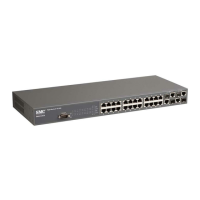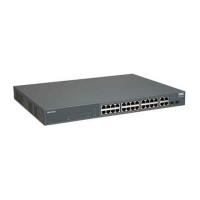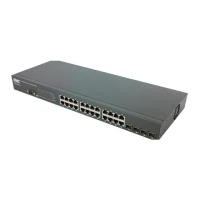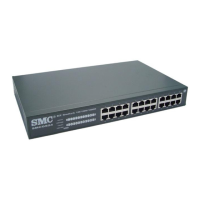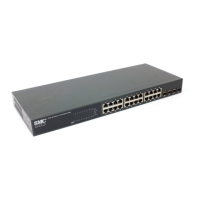M
ULTICAST
F
ILTERING
14-2
those ports only. It then propagates the service request up to any
neighboring multicast switch/router to ensure that it will continue to
receive the multicast service.
The purpose of IP multicast filtering is to optimize a switched network’s
performance, so multicast packets will only be forwarded to those ports
containing multicast group hosts or multicast routers/switches, instead of
flooding traffic to all ports in the subnet (VLAN).
Layer 2 IGMP (Snooping and Query)
IGMP Snooping and Query – If multicast routing is not supported on
other switches in your network, you can use IGMP Snooping and IGMP
Query (page 14-2) to monitor IGMP service requests passing between
multicast clients and servers, and dynamically configure the switch ports
which need to forward multicast traffic.
Static IGMP Router Interface – If IGMP snooping cannot locate the
IGMP querier, you can manually designate a known IGMP querier (i.e., a
multicast router/switch) connected over the network to an interface on
your switch (page 14-6). This interface will then join all the current
multicast groups supported by the attached router/switch to ensure that
multicast traffic is passed to all appropriate interfaces within the switch.
Static IGMP Host Interface – For multicast applications that you need
to control more carefully, you can manually assign a multicast service to
specific interfaces on the switch (page 14-9).
Configuring IGMP Snooping and Query Parameters
You can configure the switch to forward multicast traffic intelligently.
Based on the IGMP query and report messages, the switch forwards traffic
only to the ports that request multicast traffic. This prevents the switch
from broadcasting the traffic to all ports and possibly disrupting network
performance.
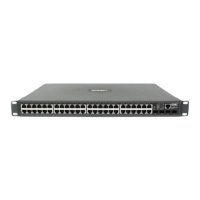
